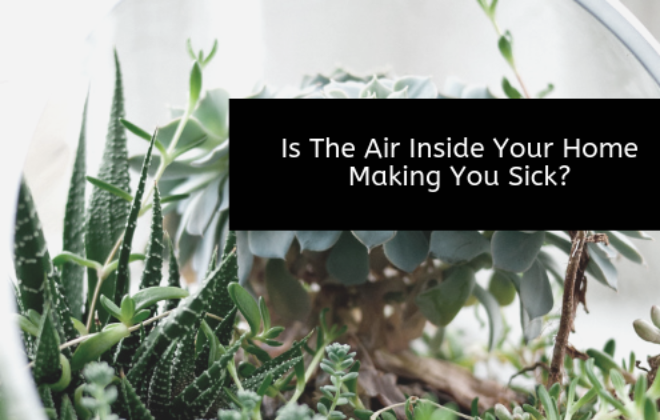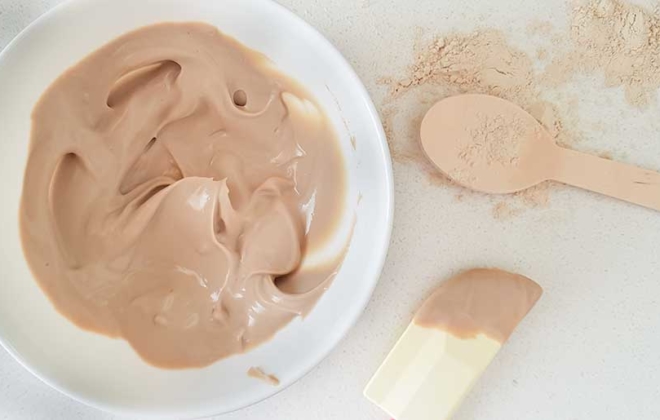7 Harmful Toxins To Avoid In Personal Care Products
The minefield of chemicals found in common everyday products is difficult to navigate. The number of toxic chemicals we are exposed to on a daily basis is staggering. An EWG survey found the average women is exposed to 168 chemicals a day and the average man 85 per day1. And this from personal care products only!!
Kids and babies are also exposed to many toxic chemicals from personal care products. Many of these harmful toxins are easily absorbed through the skin into the blood stream, and kids and babies are much more vulnerable to the chemicals in these products than adults.
The good news is you can massively reduce your families exposure to avoidable toxins. Learning to keep an eye out for some of the more common dodgy ingredients can help simply the process. Becoming familiar with these 7 Harmful toxins to avoid in personal care products will get you off to a great start in reducing the chemicals in your home.
7 Harmful Toxins To Avoid In Personal Care Products
1. Fragrance
The term “fragrance” or “parfum” can be used for any number of chemical concoctions. In Many
You could be using a concoction that contains tons of chemicals that are hazardous to your health. You can learn more about the problem with fragrance from here and ways to avoid it here.
Potential Health Impacts – Allergies, dermatitis, respiratory distress (including asthma) and can cause potential effects on the reproductive system.
Commonly Found In – perfume, cologne, conditioner, shampoo, soap, hand and body wash and moisturisers.
2. Parabens
Parabens are a commonly used preservatives that prevent the growth of bacteria, mold and yeast in cosmetic products and increase shelf life. They are found everywhere, with an estimated 75-90% of cosmetics containing parabens. Parabens can mimic estrogen in the body and disrupt the delicate hormonal balance and have been linked to breast cancer and male reproductive functions
Potential Health Impacts – endocrine disruptor, Skin Ailments (dermatitis, eczema, irritation, hives etc), premature aging.
Commonly Found In – face cleanser, hand and body wash, body lotion, foundation, shampoo, conditioner, sunscreen and toothpaste
3. Pthalates
Pthaltes are a group of chemicals primarily used as “plasticizers”. They make plastics flexible and are also added to products to make fragrances last longer. Pthalates are linked to endocrine disruption, developmental and reproductive toxicity, and cancer, have been banned from cosmetics in the European Union, but still remain in products for sale in Australia.
Potential Health Impacts – endocrine disruptor, asthma, ADHD, cancer, obesity, type 2 diabetes, Low IQ, neurodevelopment issues, behavioural issues, autism spectrum disorders, premature birth, early puberty, reduced fertility, birth defects, decreased sperm counts and damaged sperm.
Commonly Found In – anything containing “fragrance”, deodorant, hair spray, nail polish, body wash , hair care products, soaps & air fresheners.
4. Sodium Laurel Sulphate (SLS) / Sodium Laureth Sulphate (SLES)
Sodium Laurel Sulphate (SLS) & Sodium Laureth Sulphate (SLES) can be derived from petroleum or palm oil. These two ingredients often get lumped together as carcinogens, however they are actually quite different chemically. It is actually only SLES that can be contaminated with the carcinogenic compound 1,4-Dioxane, which is a by product of it’s production. Sodium Laurel Sulfate on the other hand is produced by a different process and not contaminated with this carcinogen. However SLS can be an irritant to the skin and cause or aggravate skin conditions.
Potential Health Impacts – SLS – suspected liver toxin, skin and eye irritation, contact dermatitis, rash, hives, eczema, accumulates in organs
SLES – skin, eye & lung irritant, may contain carcinogens, cause or aggravate acne
Commonly Found In – toothpaste, shampoo, facial cleaner, foundation, hand & body wash, bubble bath, acne treatments
5. Triclosan
Triclosan is a toxic anti-bacterial that the FDA has deemed no better than soap and water. Still allowed in personal care products in Australia despite being banned in the US.
Potential Health Impacts – skin, eye and lung irritation, allergic reactions, hormone disruption
Commonly Found In – soaps, hand and body washes, toothpaste, deodorants.
6. Propylene Glycol
Propylene Glycols are often listed as PEG on a label (PEG-10, PEG-100 etc). Derived from petroleum, PEG’s may be contaminated with ethylene oxide (a known carcinogen), dioxane (also a known carcinogen) and Polycyclic aromatic hydrocarbons (suspected carcinogen) which is a group of over 100 chemicals which are banned in cosmetics in Canada and the European Union.
Potential Health Impacts – Carcinogen, immune, liver, kidney, respiratory, neurological and cardiovascular toxicity. Skin and eye irritation. Developmental disruption.
Commonly Found In – moisturisers, suncream, serums, gels, foundation, concealer, lip balms
7. Mineral Oil
Mineral oil is produced as a by-product of petroleum distillation and may be contaminated with toxins. It has not been assessed for safety in cosmetics and is a suspected carcinogen that accumulates in the body. There is even evidence to suggest that mineral oil hydrocarbons are the greatest contaminant of the human body2.
Potential Health Impacts – suspected carcinogen. Liver & respiratory toxicity. Skin and eye irritation. Developmental disruption. Skin Irritation, acne.
Commonly Found In – suncream, eye liner, lip balms, baby oil, styling gel, lip gloss, lip stick hair colour, hair serum, eye shadow, concealer, moisturiser
References
- https://www.ewg.org/skindeep/2004/06/15/exposures-add-up-survey-results/
- Journal of Womens Health. (2011). Evidence for cosmetics as a source of mineral oil contamination in women.
- Scorecard Good Guide. The Pollution Information Site (accessed July 2019)
- Agency for Toxic Substances and Diseases Registry (accessed July 2019)
- EWGs Skin Deep Cosmetic Database (accessed July 2019)
- The Chemical Maze Application





